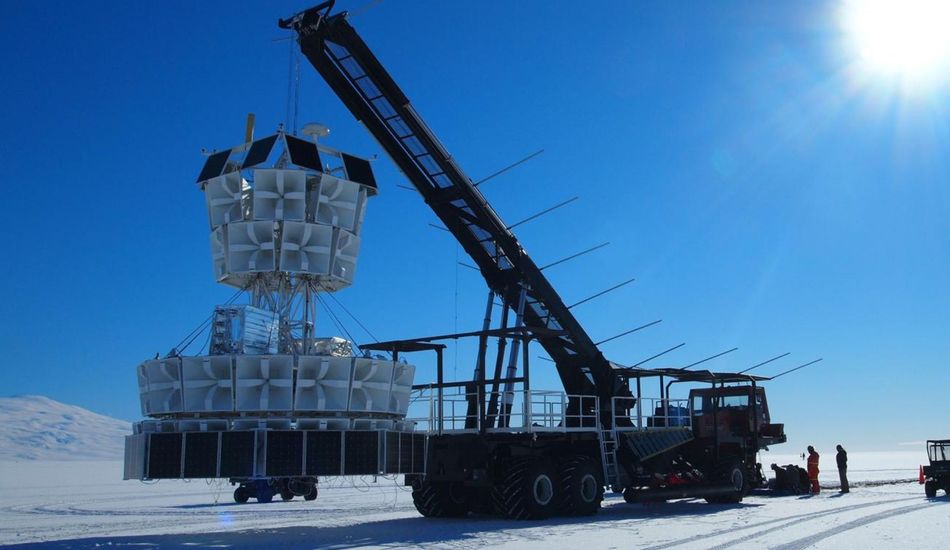
Mysterious Signals from Antarctica Challenge Physics Understanding
In the vast, icy expanse of Antarctica, a scientific enigma has emerged. An experiment initially designed to capture cosmic radio waves has stumbled upon something far more perplexing: bizarre signals seemingly originating from deep beneath the Earth's surface. These unexpected findings, scientists suggest, may challenge our fundamental understanding of particle physics.
The Antarctic Impulsive Transient Antenna (ANITA), a sophisticated array of radio antennas carried aloft by NASA balloons, soars at altitudes of 19 to 24 miles above the Antarctic landscape. Its primary mission is to analyze signals reaching Earth, seeking to understand deep space events. Think of it as a giant, high-flying ear, listening for whispers from the cosmos.
However, in recent years, ANITA has picked up peculiar radio pulses that appear to be rising from within the Earth itself. According to Stephanie Wissel, an associate professor of physics at Penn State and co-author of the study, these signals were detected at incredibly steep angles, as if they had traveled through thousands of kilometers of solid rock to reach the detector. To put it in perspective, imagine trying to hear someone whispering through a mountain range – that's the scale of what ANITA is detecting.
The problem, according to our current understanding of physics, is that these radio pulses shouldn't be able to penetrate that much rock. The Earth should absorb them completely, rendering them undetectable. Yet, here they are, defying expectations and posing a significant scientific puzzle.
The Neutrino Hunt and Unexpected Discoveries
While ANITA's primary goal is to detect neutrinos – elusive, nearly massless particles that permeate the universe – the anomalous signals don't appear to be related to these particles. Neutrinos, abundant throughout the cosmos, constantly bombard our planet, originating from high-energy sources like the Sun or supernovae. Imagine them as tiny cosmic bullets, constantly zipping through everything, including us.
ANITA seeks to detect the faint radio emissions produced when neutrinos interact with Antarctic ice. It looks for "ice showers," cascades of particles triggered by these interactions. By analyzing these signals, scientists can glean insights into the nature and origin of neutrinos. However, the unusual angles of the mysterious signals rule out the possibility of them originating from ice-interacting neutrinos.
To ensure the findings' validity, Wissel and her colleagues meticulously analyzed data from multiple ANITA flights, comparing it to complex mathematical models and simulations of cosmic rays and air showers. They even compared the ANITA data to findings from other major neutrino detectors, such as the IceCube Experiment. Still, they couldn’t find an answer, leading them to only conclude that the signals are not neutrinos.
Looking Ahead: The PUEO Mission
With ANITA's findings raising more questions than answers, the scientific community is eager to investigate further. At Penn State, Wissel's team is already working on the Payload for Ultrahigh Energy Observation (PUEO) mission, a new detector designed to be larger and more sensitive than its predecessor. This advanced instrument, they hope, will shed light on the nature of these enigmatic signals and perhaps even detect neutrinos with greater precision.
Wissel herself has proposed an early hypothesis, suggesting that some yet-undiscovered radio propagation effect might be occurring near ice and the horizon. Whatever the explanation, the mystery of the Antarctic signals serves as a potent reminder of how much remains unknown about our universe, and the exciting possibilities that lie in the pursuit of scientific discovery. This is not the end, but just the beginning.
Source: Gizmodo